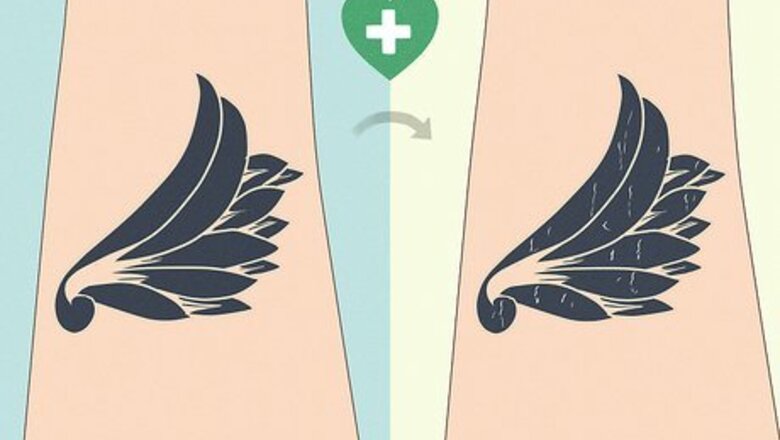
views
- Tattoos tend to peel without any ink underneath as they heal normally. In rare cases, they can have missing ink due to an artist’s error.
- Peeling tattoos with missing ink aren’t usually anything to worry about. It’s normal for a tattoo to peel and lose a little bit of ink as your skin heals.
- Care for your tattoo diligently by keeping it clean, moisturized, dry, and out of the sun.
Why is my tattoo peeling with no ink underneath?
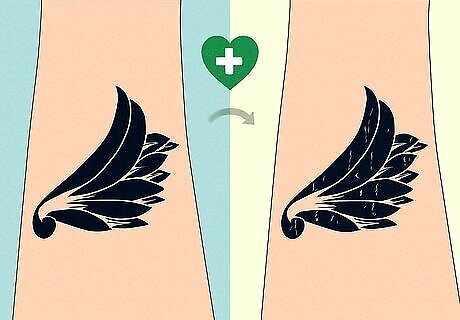
Your tattoo is going through the normal healing process. A new tattoo, at its core, is a colorful injury, and your skin needs time to heal after being pricked with needles and injected with ink. As it heals, your newly inked skin will scab and peel off, revealing milky, not-fully-healed skin beneath. This milky skin sticks around for 1-2 weeks, and it might make your tattoo ink appear less vibrant. A lack of ink isn’t a problem if your tattoo is still peeling and healing. Chances are, your skin won’t all heal at exactly the same rate, which may leave you with a patchy, inconsistent-looking tattoo. Just keep caring for your tattoo properly and let it heal at its own pace. It’s also totally normal to lose a little bit of ink. As your tattoo heals, your body’s immune system tries to clear away as much of the new ink as it can. Tattoo artists anticipate this by injecting extra ink into your tattoo. As your skin starts to heal, your body gets rid of some of it.
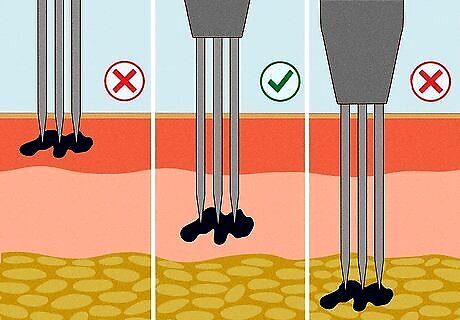
Your tattoo artist overworked or underworked the tattoo. Tattoo ink needs to be injected into the middle dermis layer of the skin to look sharp, beautiful, and long-lasting. Tattoos get overworked when the artist injects the ink too far into the skin, and underworked when the artist doesn’t penetrate the skin enough. Either result can leave your tattoo looking unfinished. Underworked tattoos don’t go deep enough into the skin, which creates broken, inconsistent, or barely visible lines. Overworked tattoos (also known as blowouts) go too deeply into the skin, causing the ink to blur and smudge. These tattoos tend to ooze plasma and blood in the first few days without developing scabs, and may also have lifted lines or dramatic pits in the ink. Overworked and underworked tattoos aren’t ideal, but they aren’t the end of the world, either. Just focus on taking great care of your tattoo so it looks as healthy and vibrant as possible. If you still aren’t happy with the way your overworked or underworked ink looks, you can always get it touched up by a different artist.
How long will my tattoo peel?

The average tattoo peels for around 1 week. As a general rule of thumb, big tattoos peel longer than small tattoos—that’s because the tattoo “wound” is bigger, which creates more scabs to peel. Your peeling time also depends on your skin type and the location of your tattoo, so don’t panic if your tattoo takes longer than a week to heal. Tattoos on your wrists and elbows will take a longer time to peel, while back tattoos won’t take a long time to peel at all. Tattoos typically peel in 2 phases. The first involves a lot of peeling, while the second one is very light. Some people don’t even notice their second peeling phase!
How can I help my tattoo heal properly?
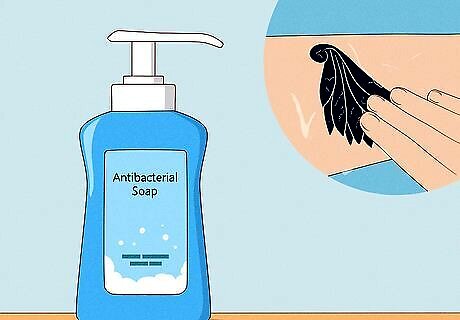
Clean your tattoo daily. Wash your hands thoroughly and gently massage your skin with warm water and a little bit of antibacterial soap. Then, blot the tattoo dry with a paper towel and rub aftercare lotion on top. Less is more when it comes to lotion—a thin layer will get the job done. After Inked Tattoo Aftercare Lotion, Tattoo Goo Aftercare Salve, and H2Ocean Aquatat Tattoo Aftercare Healing Ointment are all great moisturizing options. You can also apply some antibiotic ointment to your tattoo instead. To protect your skin, your tattoo artist will wrap up your tattoo with plastic wrap or sterile pads before you leave. Keep this wrapping on for at least 2 hours, and clean your tattoo as soon as you take it off.
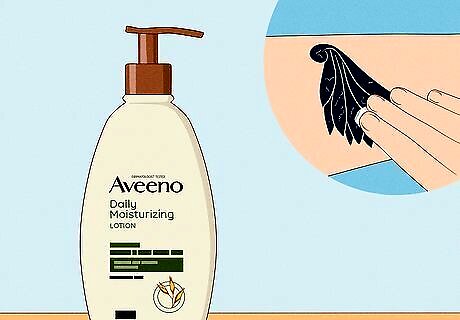
Moisturize your tattoo multiple times throughout the day. Check your skin throughout the day to make sure that it isn’t drying out. To be on the safe side, rub a thin layer of lotion over your tattoo 3 times a day to keep your skin moisturized. Here are a few great moisturizers you can try: Aveeno Fragrance-Free Moisturizing Body Lotion Curél Daily Healing Body Lotion Eucerin Skin Calming Cream Shea Butter If you can see the lotion sitting on the surface of your tattoo, you’ve applied too much. A little goes a long way!

Keep your tattoo dry until it heals. Pools, hot tubs, saunas, and dips in the ocean are all off-limits while your tattoo continues to peel and heal. Hot water and steam encourage fading, which you definitely don’t want. Try to keep it quick when you take a shower with your healing tattoo.

Cover up your tattoo when you head outside. At best, sunlight will leave your skin with a nasty blister; at worse, it will lighten the ink and mess up your beautiful design. Always keep your new tattoo covered with clothing during the healing process so it stays vibrant.
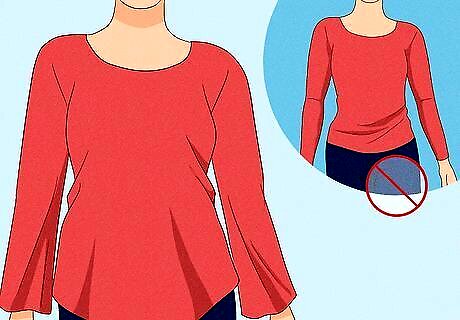
Wear loose, comfortable clothes. Stick with baggier shirts, pants, and other garments that won’t rub against your new tattoo. Think baggy flannels, comfy sweatpants, and oversized hoodies! Your tattoo can soak in some rays when it’s completely healed—just be sure to apply some SPF 30 sunscreen before you head outside.
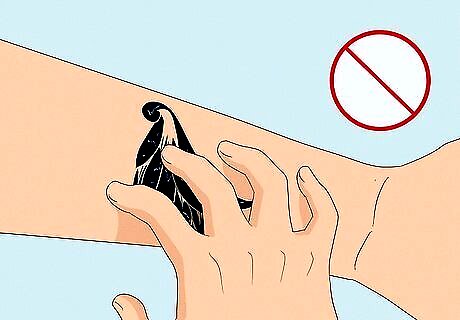
Resist the urge to scratch or pick at your tattoo. An itchy tattoo is definitely no fun, but scratching your skin and giving yourself an infection is way worse. Wait for your skin to heal completely before giving in to any of those itchy urges. It takes around 4-6 weeks for the visible portion of your tattoo to heal all the way.
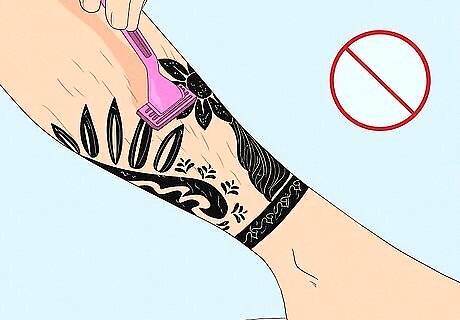
Let your tattoo heal before you shave it. Your razor will scrape away your peeling skin, which is just as painful as it is bad for your tattoo. Let your new ink heal completely before grabbing your razor.
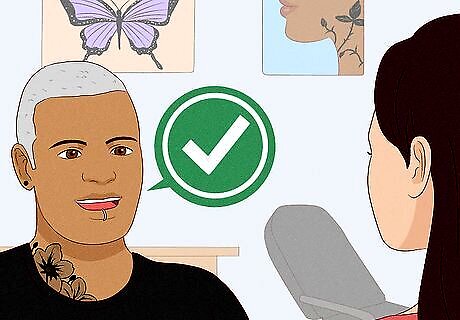
Follow your tattoo artist’s specific aftercare instructions. Each tattoo artist has their own personal preferences and recommendations when it comes to aftercare. Before you leave the studio, go over these instructions with the artist so you know exactly how to keep your tattoo clean and germ-free (as well as what to avoid). Your tattoo will stay in great shape if you care for it properly!
What if my tattoo still looks bad once it heals?
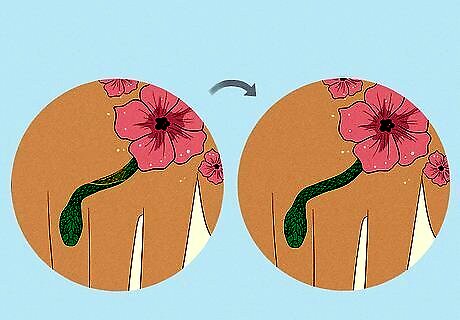
Commission a new artist to rework the design if the problems are small. Maybe your tattoo’s lines are a bit faded, or a colored portion of your ink looks a bit uneven. A new tattoo artist can go over the healed tattoo with a fresh set of eyes (and hands!) to breathe some new life into your ink. Do plenty of research before you settle on a tattoo artist. Networking with inked friends, checking online reviews, and browsing artist portfolios are all great ways to find the perfect artist.

Get a cover-up tattoo to mask major issues. Come up with a new design that’s the right size and color scheme to cover up your old ink. Your tattoo artist can offer advice on some feasible cover-up options. Give your tattoo at least 4-6 weeks to completely heal before getting a touch-up. If possible, try to schedule the session within a year of when you first got the tattoo. Make sure you’re really happy with your design—don’t just pick something random for the sake of covering up your old tattoo. If the tattoo is big and dark, get a couple of sessions of laser removal before getting a cover-up.

Get the tattoo professionally removed if you just want the tattoo gone. Laser treatment, dermabrasion, chemical peels, and even surgery are all possible ways to remove tattoos permanently. The removal process can be a bit uncomfortable, but it can be a worthwhile investment if you’re really unhappy with your ink. On average, laser treatments cost a little over $400, but they can easily be more expensive depending on the size and color of your tattoo. Other removal methods, like dermabrasion, surgery, and chemical peels, can be even more expensive (especially if you need multiple sessions). Talk with a plastic surgeon to get a better idea of what your options are.










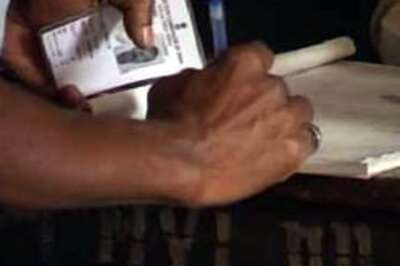






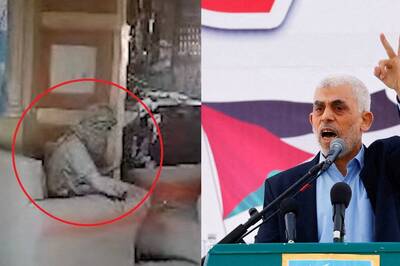

Comments
0 comment